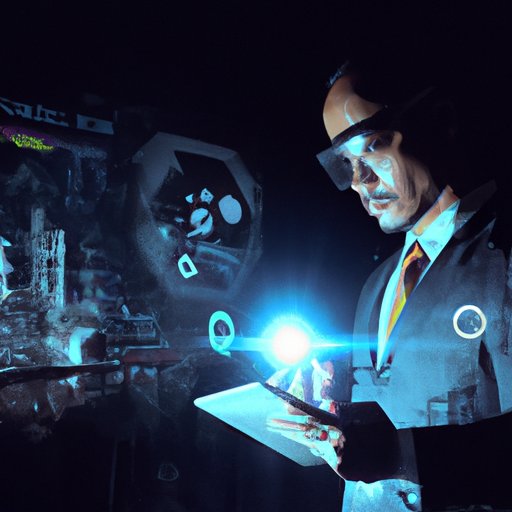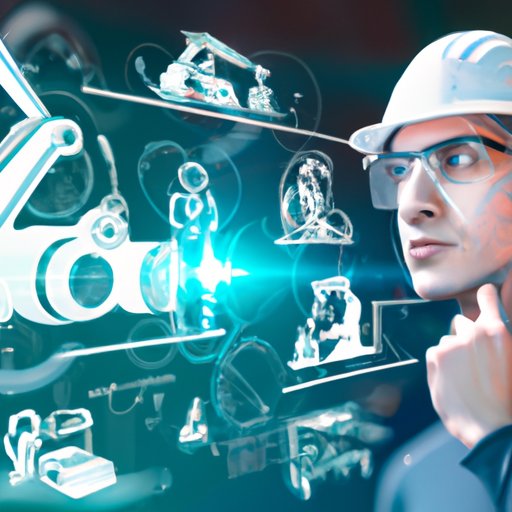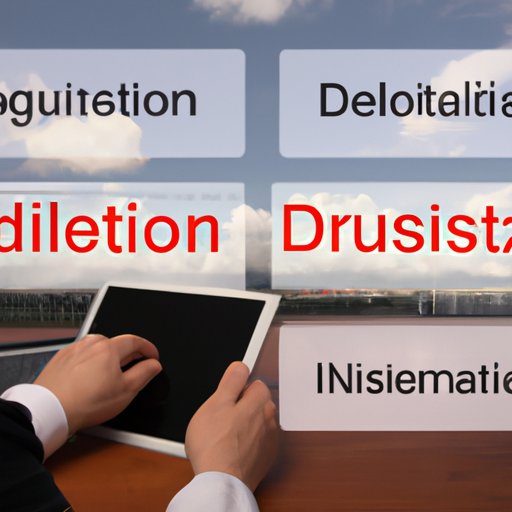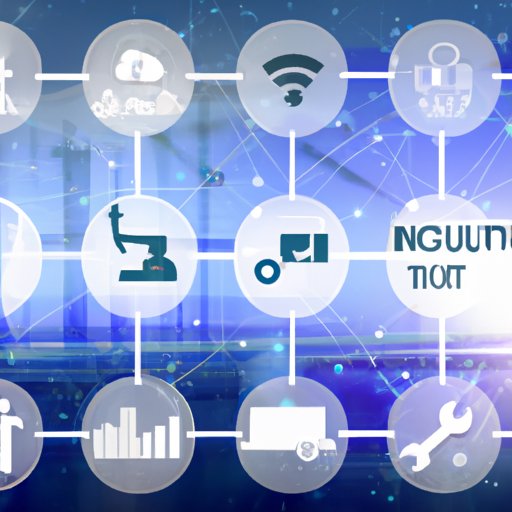Introduction
Industrialization is a process of economic transformation characterized by the shift from manual labor to mechanized production, leading to increased productivity and economic growth. This transformation has been greatly influenced by the emergence of new technologies, which have revolutionized the way products are manufactured and distributed. From the automation of the Industrial Revolution to the rise of AI-driven manufacturing, this article will examine how new technologies have impacted industrialization.

Examining the Impact of New Technologies on Industrialization
The Industrial Revolution marked a major turning point in history, as new technologies such as steam power, machine tools, and railroads enabled large-scale production and transportation of goods. Automation was one of the key elements of the Industrial Revolution, with machines replacing human labor for repetitive tasks, leading to increased efficiency and productivity. This allowed for mass production of goods at lower costs, transforming the way industry operated.
Robotics has also been a major player in the industrial age, with robots being used to automate complex tasks such as welding, painting, and assembly. These robots can be programmed to perform precise movements with high accuracy, reducing the need for manual labor and increasing productivity. Moreover, robotic systems can work faster than humans, further increasing efficiency.
Assessing the Advantages and Disadvantages of Advanced Technologies in Industrialization
Advanced technologies such as automation and robotics offer many benefits to industrialization. According to a study by McKinsey Global Institute, “cyber-physical systems” — which include automation, robotics, and artificial intelligence — could add up to $14 trillion to global GDP by 2030. These technologies can improve product quality, reduce costs, and increase efficiency by eliminating manual labor and allowing for continuous production. They can also reduce workplace accidents, as robots can be used in hazardous environments that may be too dangerous for humans.
However, these technologies also present certain challenges. Digitalization requires significant investments in technology and training, which can be costly for businesses. Furthermore, the deployment of cyber-physical systems may lead to job losses, as machines replace human labor. This is especially true for low-skilled jobs, where robots are increasingly taking over.

Exploring the Rise of Artificial Intelligence in Manufacturing
The rise of artificial intelligence (AI) is revolutionizing the manufacturing industry. AI-driven automation can be used to optimize processes, identify patterns, and make decisions in real time. This allows for faster and more accurate production, resulting in higher quality products and reduced costs. AI can also be used to monitor equipment performance and detect potential problems before they occur, allowing for timely maintenance and avoiding costly delays.
AI is being used in a variety of manufacturing applications, such as predictive maintenance, process optimization, supply chain management, and quality control. For example, AI-powered robots can autonomously inspect products and detect defects, enabling manufacturers to quickly identify and address problems. In addition, AI can be used to analyze customer data and develop personalized products, allowing companies to better meet consumer needs.

Evaluating the Effects of Digitalization on Industrialization
Digital transformation has had a significant impact on industrialization, as it has enabled companies to become more connected and efficient. Through digitalization, companies can now access real-time data, enabling them to make more informed decisions and optimize their operations. Companies can also use digital systems to connect their operations, allowing for greater collaboration between departments and improved communication with suppliers and customers.
Connected systems have also enabled companies to streamline their supply chains and reduce costs. By connecting different parts of the supply chain, companies can track inventory levels and anticipate demand, allowing them to adjust their production and distribution accordingly. This allows for better coordination between suppliers and manufacturers, leading to improved customer service and reduced waste.
Conclusion
New technologies have had a profound impact on industrialization, from the automation of the Industrial Revolution to the rise of AI-driven manufacturing. Automation and robotics have allowed for improved efficiency and productivity, while digitalization has enabled companies to become more connected and efficient. However, these technologies also present certain challenges, such as job losses and the need for significant investments. As new technologies continue to emerge, it is essential for businesses to assess their potential impact and develop strategies to maximize their benefits while minimizing their risks.
(Note: Is this article not meeting your expectations? Do you have knowledge or insights to share? Unlock new opportunities and expand your reach by joining our authors team. Click Registration to join us and share your expertise with our readers.)
